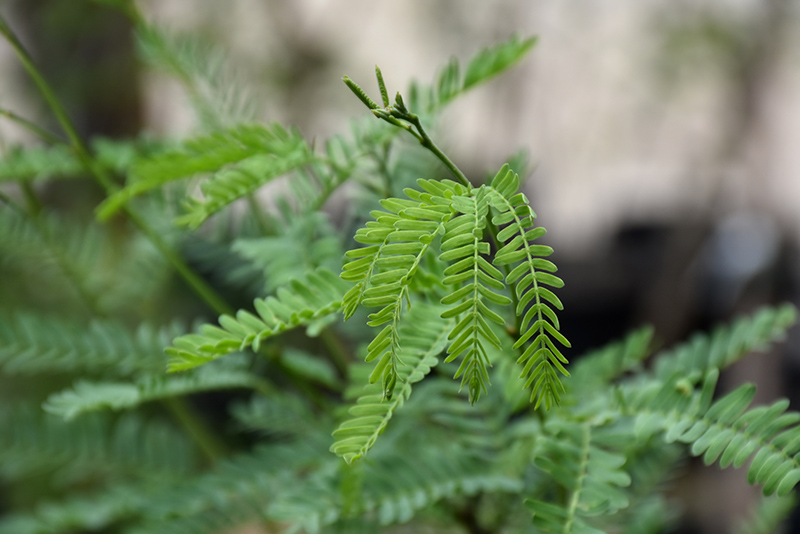Plant Finder
Height: 30 feet
Spread: 30 feet
Sunlight:
![]()
Hardiness Zone: 7b
Brand: Civano Nursery
Description:
This thornless, semi-evergreen hybrid rapidly forms a distinctive upright canopy of twisted branches; clusters of creamy white flowers in spring; sun loving and highly drought tolerant; best in a large, sunny area to appreciate its picturesque form
Ornamental Features
Leslie Roy Mesquite has attractive bluish-green deciduous foliage on a tree with a round habit of growth. The small narrow pinnately compound leaves are highly ornamental but do not develop any appreciable fall color. It is draped in stunning clusters of creamy white catkins along the branches in mid spring. The fruits are showy tan pods displayed from early summer to early fall.
Landscape Attributes
Leslie Roy Mesquite is a dense multi-stemmed deciduous tree with a more or less rounded form. Its relatively fine texture sets it apart from other landscape plants with less refined foliage.
This tree will require occasional maintenance and upkeep, and should only be pruned after flowering to avoid removing any of the current season's flowers. It is a good choice for attracting birds and bees to your yard. It has no significant negative characteristics.
Leslie Roy Mesquite is recommended for the following landscape applications;
- Shade
- Mass Planting
- Hedges/Screening
- Windbreaks and Shelterbelts
Planting & Growing
Leslie Roy Mesquite will grow to be about 30 feet tall at maturity, with a spread of 30 feet. It has a low canopy with a typical clearance of 4 feet from the ground, and is suitable for planting under power lines. It grows at a fast rate, and under ideal conditions can be expected to live for 60 years or more.
This tree should only be grown in full sunlight. It prefers dry to average moisture levels with very well-drained soil, and will often die in standing water. It is considered to be drought-tolerant, and thus makes an ideal choice for xeriscaping or the moisture-conserving landscape. It is not particular as to soil type or pH. It is highly tolerant of urban pollution and will even thrive in inner city environments. This particular variety is an interspecific hybrid.




